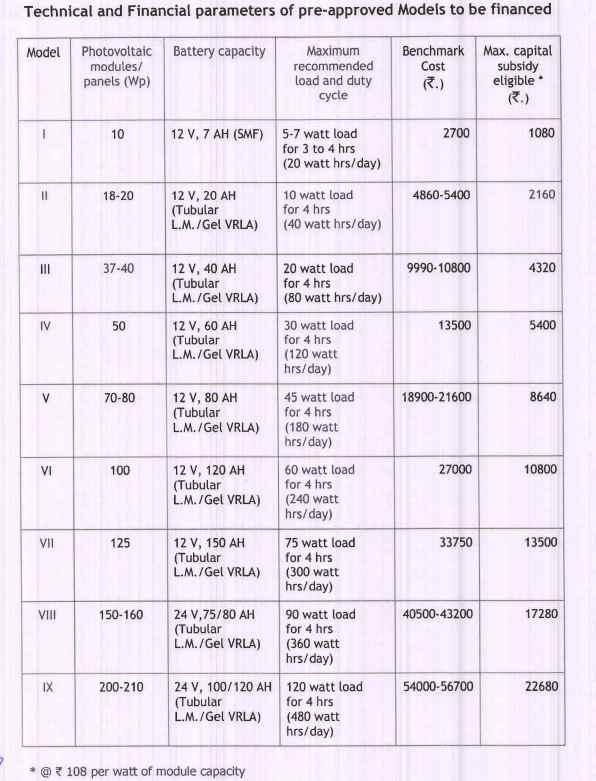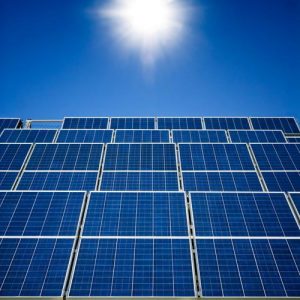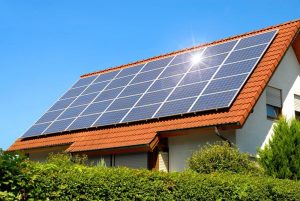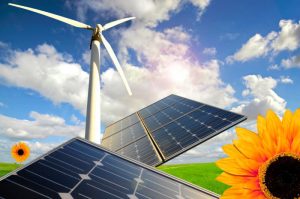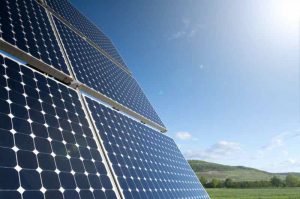Procedure to get subsidy on Solar PV Systems through NABARD in India
Note: As on January 2016, Government has released a priority list for processing subsidy claims. Schools, public institutions, etc are higher up on the priority list and residential projects are lowest in priority list. And thus getting subsidy on residential projects is getting increasingly difficult. NABARD has stopped the subsidy scheme in March 2015: https://www.nabard.org/uploads/Lighting%20circulat%2023%20March%202015.PDF
Supply of electricity is quite unreliable in most parts of India. Due to increased scheduled and un-scheduled power cuts in most of the cities in India, interest in using electricity generated through alternate sources has also increased. However, high capital cost of setting up systems to tap energy through renewable sources is deterrent in taking up large-scale deployments of the same. To promote electricity generation using solar energy Government of India launched Jawaharlal Nehru National Solar Mission in January 2010. The objective is to achieve large-scale deployment of Solar Energy Systems and also to assist domestic production of critical raw materials, components and products to achieve grid parity by 2022.
As part of this mission the Government has initiated a subsidy scheme to help individuals and organizations procure these Solar Energy Systems at reduced capital costs. The scheme is being implemented by IREDA (Indian Renewable Energy Development Agency Ltd.) through NABARD (National Bank for Agriculture and Rural Development). The scheme that was last modified on 15th March 2012 provides 40% subsidy on capital costs of Solar PV Systems for units located in both urban and rural areas in India.
The steps mentioned below outlines the process of purchasing a Solar PV System and also to obtain subsidy/loan through NABARD. We would like to thank our reader Mr Gopinath Srinivas for providing us details with his first hand experience of obtaining the subsidy.
- As a first step, it is important to choose the right manufacturer/supplier from whom you purchase the Solar PV system. The manufacturer/supplier should be a MNRE (Ministry of New and Renewable Energy) approved manufacturer/supplier. To get a list of approved suppliers in your area, you can check the link: http://www.mnre.gov.in/information/manufacturesindustriesarchitectsconsulting-organisation/
- Only the models approved by MNRE are eligible to be covered under the scheme. The list below gives models approved by MNRE:
 (Source: NABARD)
(Source: NABARD)
The benchmark cost of solar PV system as per a NABARD document (link) is Rs 270 per Wp. But the unit costs are revised from time to time and your manufacturer/supplier should be able to guide you properly on the same. - In case the cost of the unit is less than the benchmark cost then the full 40% subsidy can be claimed. But if unit cost is more than the benchmark cost then the capital subsidy will be limited to the maximum capital subsidy ceiling as indicated in the table above.
- Only individuals, group of individuals, Self Help Groups (SHGs), JLGs (Joint Liability Groups), Non Government Organizations (NGOs) and Farmer’s club are eligible for subsidy through NABARD. Private/Public Limited Companies are not eligible for this subsidy.
- To avail the subsidy, you need to have an account with a scheduled commercial bank or a regional rural bank. Most public nationalized banks can be approached for this.
- 40% of the cost is subsidized and the rest 60% of the cost is eligible for a soft loan. However the margin to be paid by the beneficiary (out of the 60%) is decided as per RBI norms. The repayment period of the loan is 5 years. The interest rates are also as per RBI norms.
- To obtain the loan one has to submit the quotation and the documents available from the vendor. Vendor should provide the MNRE approval form, TIN number, project proposal, etc which needs to be submitted to the bank.
- After processing the loan and verifying all the documents, the banks provide loan and the documents are sent to NABARD for release of subsidy. The EMIs start as soon as the loan is processed; however release of subsidy through NABARD takes some time. As per MNRE, the interest on the loan should not be for the subsidy part.
- The banks have the right to recall the subsidy in case they observe that the subsidy is misused.
To find more details about the schemes, you can have a look at the following documents:
- Capital Subsidy Scheme for Solar Lighting and Small Capacity Solar PV systems
- Guidelines for off-grid and decentralized solar application.
Source of Information
NABARD website
More informational links on our website
More details on Solar PV Prices in India: Solar Panel Price in India
More details on Solar PV roof top systems are also available on our link: Roof-Top Solar PV system project for home and office
Understand more about basics of Solar PV systems on our link: Solar electric, solar thermal, power generation, inverters, grid, off-grid: clearing the cobweb
Get help in understanding financing options available to finance your Solar PV System: Financing Options for Solar Rooftop Projects in India
Here is a quick video that can guide you on Rooftop Solar PV buying in India:
About the Author:
Abhishek Jain is an Alumnus of IIT Bombay with almost 10 years of experience in corporate before starting Bijli Bachao in 2012. His passion for solving problems moved him towards Energy Sector and he is keen to learn about customer behavior towards Energy and find ways to influence the same towards Sustainability. More from this author.

